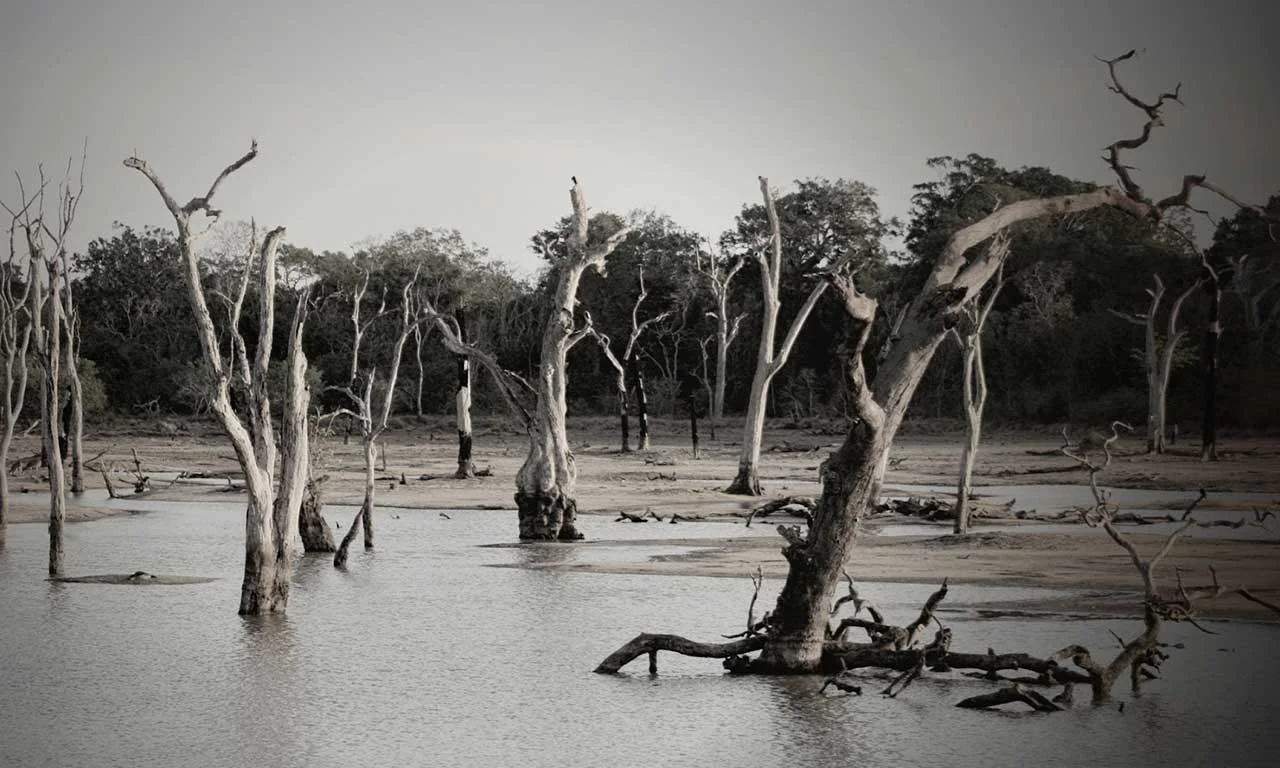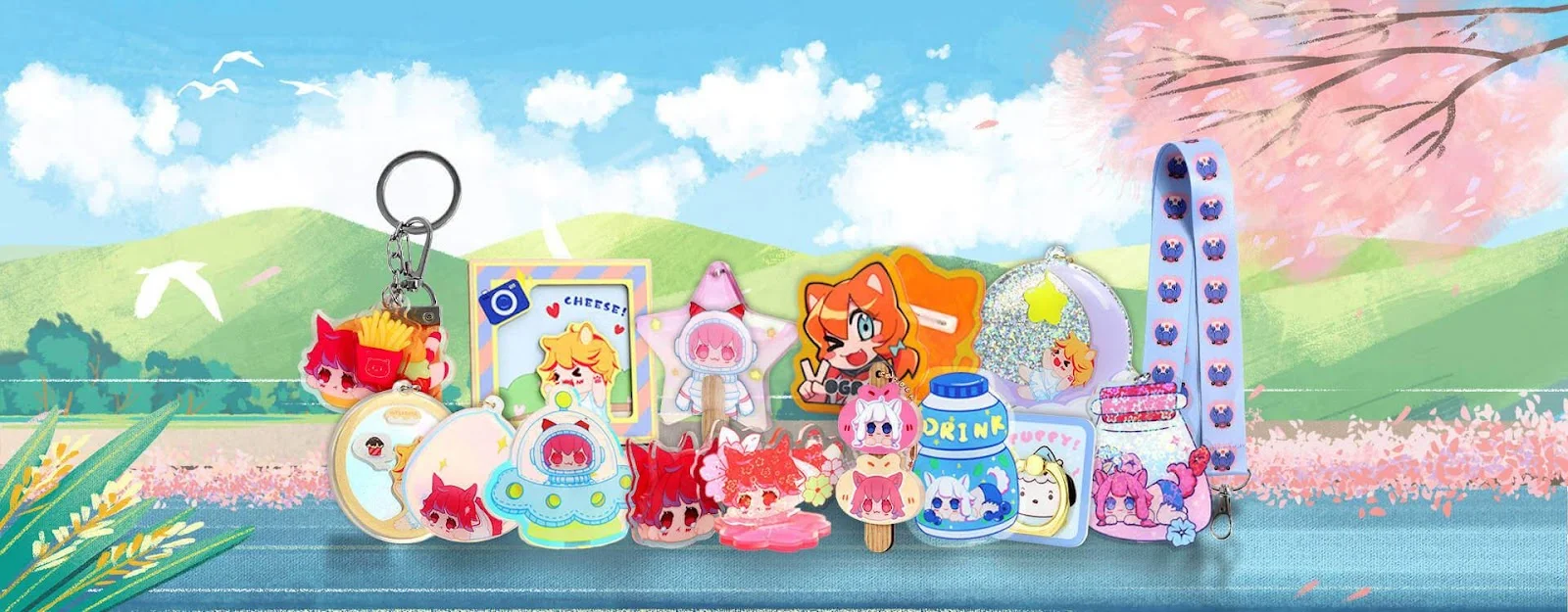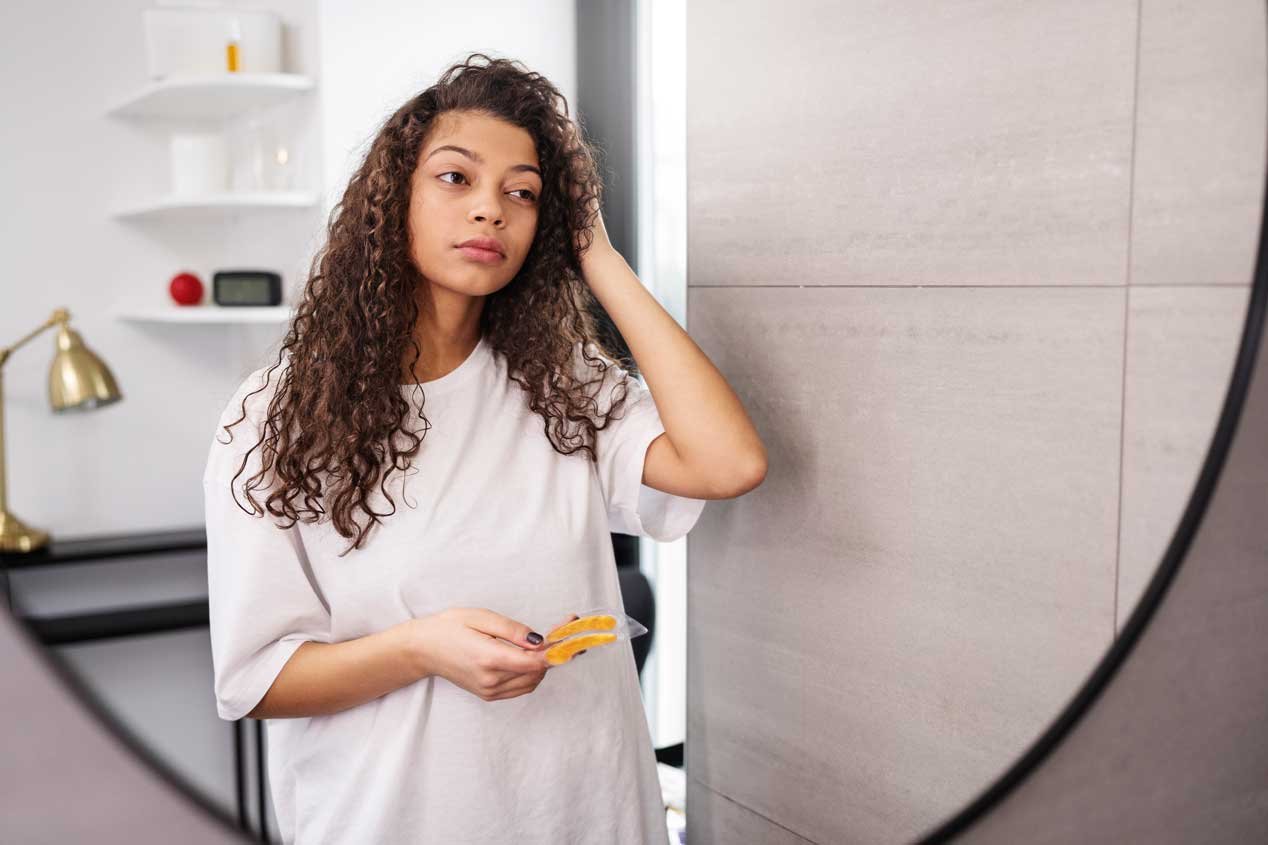There are a lot of ways to keep your home safe from danger. These include installing fire alarms around the house so you know before the building is engulfed in flames, getting a security system outside so intruders can be caught and apprehended by the police, and checking out your flood insurance options so you can be prepared for extreme water damage.
Many people don’t think about flooding or how it affects their homes unless they live in a state with a high risk of hurricanes. This should start to change, though. Many areas are experiencing more water damage and flooding than they used to according to FEMA (Federal Emergency Management Agency).
We’ll talk about some of the best ways to prepare yourself for flooding and lower the risks of ruining your home. This ranges from making sure pipes are sturdy and modern so they don’t crack, all the way to sealing windows in your basement. We’ll also talk about what to do when flooding is out of your control.
#1 – Keep Your Equipment Modern
One of the easiest ways to prevent unnecessary flooding in your home is to make sure the water damage doesn’t occur because of something breaking in your house. There are a lot of appliances that present the risk of water damage, and it’s important to update your appliances and other things in your house.
Pipes are one of the riskiest items in the home. Many older houses have piping that is more prone to bursting after it’s been in use for decades. Polybutylene pipes are one of the most common problem pipes in homes built before the 1990s. These plastic pipes are prone to cracking and can lead to leakage and flooding around your home.
Just like how older homes often have asbestos, they also may have lead pipes. Copper and lead pipes were some of the most common pipes used in homes built before the 1970s. Many older people might live in homes built a long time ago and have these pipes.
Their durability is a key to their success for all of these years, but after decades of use, it’s vital to remove them so they don’t break and cause flooding. Another reason to remove lead pipes is because of the dangerous chemicals found in lead.
This material is dangerous for children and adults alike, but it really stunts the development of young people. You want to make sure you have safe drinking water in your home.
#2 – Prepare For How to Evacuate
Sometimes there’s nothing you can do to prevent a major flood in your home. If you live in a flood zone and a hurricane hits, you need to leave your home before disaster strikes. Driving in floods is dangerous. Having a plan for evacuation is the best safety preparedness technique in any person’s playbook.
Look at the weather forecast so you know what’s coming up in your area. If there is something major about to happen with water, such as a storm or a hurricane, take all of your essentials from your home and go to the nearest safe location with your family. This could be a friend or relative’s house, or a local shelter where the government is encouraging people to stay.
One of the ways people find peace after a family member or a loved one dies is to keep the person’s belongings in their possession. These mementos are so important to people, and they’re at a major risk of being ruined or left behind during a flood.
Make sure you prioritize getting these keepsakes to higher ground or putting them with the rest of your emergency preparedness kit when you leave your house for safer territory.
Flood Insurance
Once the flooding has subsided, you’re going to want to move back into your home. This might be impossible if the damage is too severe. You need to make sure you have purchased flood insurance if your normal homeowner’s insurance policy doesn’t cover damage from a flood or a water-related natural disaster.
Flood insurance might be more expensive in areas with higher risks of flooding. There are still measures you can take to show a flood insurance company that your home is less of a risk than others. Installing more drainage around your property and fixing the pipes so they’re modern are two ways to curb the risk of flooding during certain weather conditions.
Some homeowners insurance companies might offer flood policies and you can bundle them with your homeowner’s insurance. Talk to people in your area about what type of flood insurance they’ve bought and decide whether it works for your home.
#3 – Install More Drainage
Depending on your property, you might need to install more drainage systems in your yard to offset the damage of water that piles up around the home. If you live on a hill or your property is curvy, installing more drainage will help to move the water away from your home.
If you don’t do this, even heavy rain might cause flooding when the excess water runs off your yard and closer to your house. Think about calling a handyperson for a baseline analysis of your yard, and maybe they can inform you of the best course of action if your yard looks like it might be at risk of flooding.
Finding out the correct amount of drainage and deciding where it should be installed is just as important as knowing there’s a problem. Installing a rain garden is one of the best ways to absorb some of the excess water in your yard and they also look very pleasing to the eye. You can even install some plants around the rain garden.
#4 – Learn About Your Flood Risk
Not everybody needs to worry about floods as much as others. Looking up whether your home is one of the properties that could be damaged in a rainstorm or natural disaster is one of the best things anybody can do. You should go through FEMA to look up a flood map of your local area.
You can see how important it is to lower the risk of your home flooding, especially if you live in an area with a lot of rain or a chance of a hurricane or natural disaster. Get flood insurance, upstate your property, and get an evacuation plan in order before it’s too late. This will help to protect your family.


















